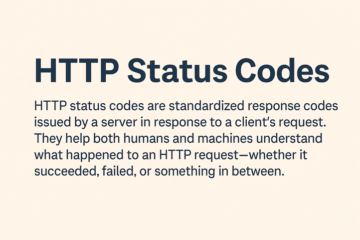While JSON (JavaScript Object Notation) and XML (Extensible Markup Language) are both popular data interchange formats, XML has several advantages over JSON in certain scenarios. We are covering about the advantage of XML over JSON in this blog. They are used to transmit data between different systems and applications.

About JSON
JSON is a lightweight data-interchange format. It is easy to read and write for humans and machines. JavaScript Object Notation stores data in human-readable text and is commonly used in web applications and APIs
About XML
XML is a markup language that uses tags to define data. XML is more verbose than JSON and can be more difficult to read and write. Web services and enterprise applications commonly use XML.
Comparison of JSON and XML:
| Feature | JSON | XML |
| Data type | Strings, numbers, Booleans, arrays, objects | Strings, numbers, Booleans, arrays, objects, elements |
| Formatting | Human-readable text | Tagged text |
| Whitespace | Ignored | Significant |
| Extensibility | Limited | Extensive |
| Validation | Optional | Required |
| Usage | Web applications, APIs | Web services, enterprise applications |
• Extensible Markup Language is a mature and widely adopted standard that has been in use for over 20 years, which can provide greater stability and interoperability than newer or less established formats like JSON.
Overall, while JSON has its own advantages in terms of simplicity, ease of use, and compatibility with JavaScript, XML remains a valuable and widely used data interchange format in certain domains and use cases.
To know more about the author, please visit his LinkedIn profile.
Go to home page for more information regarding communication protocols.



0 Comments